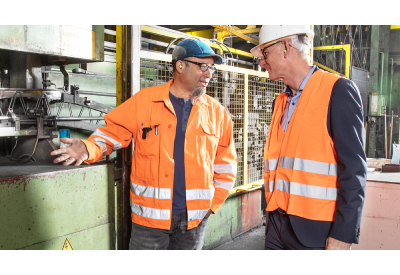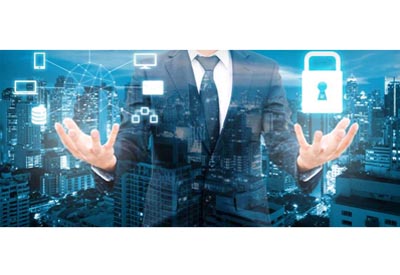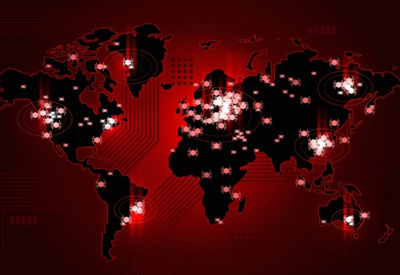Pipelines: Improve Energy Usage and More With the Right VFD

April 13, 2020
The benefits related to energy savings when using variable frequency drives (VFDs) in pipeline pump and compressor stations are well established.
Drives provide the precise control needed for increasing or decreasing flow along a pipeline. The result is greater efficiency and energy savings than an across-the-line motor starter that requires the use of control valves to manage flow.
What’s not always clear about VFDs, however, are other benefits that can be realized with the proper choice. Because not all drive technologies are created equal. And some can help you achieve even greater cost savings and even better performance.
With this in mind, here are three key features to look for in your next pump or compressor station VFD.
1. Synchronization
A drive that supports synchronous transfer allows you to start and control several pump motors using only one drive. This can reduce your up-front capital and installation costs by as much as 33% for a two-motor system and up to 60% for a four-motor system when compared to a multiple-drive system.
A drive system utilizing this feature can also help bring down your largest operating cost, energy usage. First, drive losses are reduced as compared to a multiple-drive system. It also allows you to bring a motor to the same frequency as the utility power supply and then transfer the motor over to that supply. This can improve your overall system efficiency and provide additional energy savings.
Finally, synchronous transfer allows you to start with less impact on the power system, which will reduce or eliminate peak energy charges while also helping to prolong equipment life and reduce maintenance costs.
2. Enhanced Integration
Some modern VFDs have integration features and functions that make them easier to implement, operate and maintain.
Add-on profiles (AOPs), for example, can simplify setup and integration by organizing drive information and configurable parameters for intuitive programming. Automatic device configuration can also simplify setup when you’re deploying multiple drives or if you need to replace a drive. With this feature, drive configurations are stored in a Logix controller and then automatically downloaded for new or replacement drives when the controller detects them. This can help you reduce time-consuming reprogramming work.
3. Remote Visibility
When VFDs are connected to a pipeline’s control network using the correct formatting, these drives can provide actionable performance data back to a central control room. This helps operators make better decisions.
They could discover, for example, that two connected pump stations in separate energy utility zones have noticeably different rates. And they could then run the pump station harder in the zone that has lower rates. Even in a single utility zone, operators could find their energy costs are significantly lower during off-peak hours, and then adjust operations to capitalize on that lower rate.
Operators could also use the remotely accessed data to monitor and trend process performance and identify potential maintenance needs. An operator looking at three pumps that are running at the same speed could notice that one pump has a lower load torque. They could then send a technician to investigate the issue.
Savings on Top of Savings
VFDs bring inherent performance and cost-savings benefits to pump and compressor stations. Choosing a VFD with synchronization, integration and remote-visibility features will take your performance and savings to a new level.







